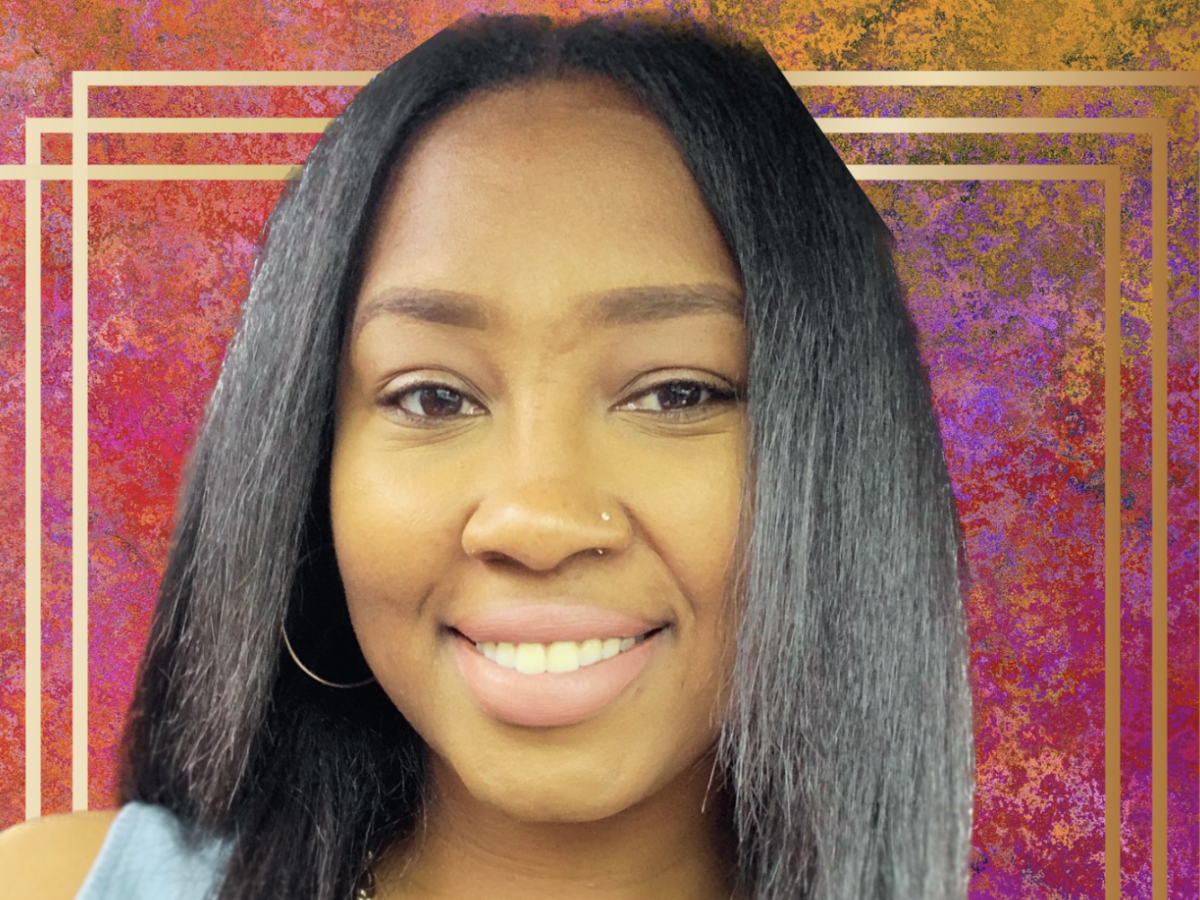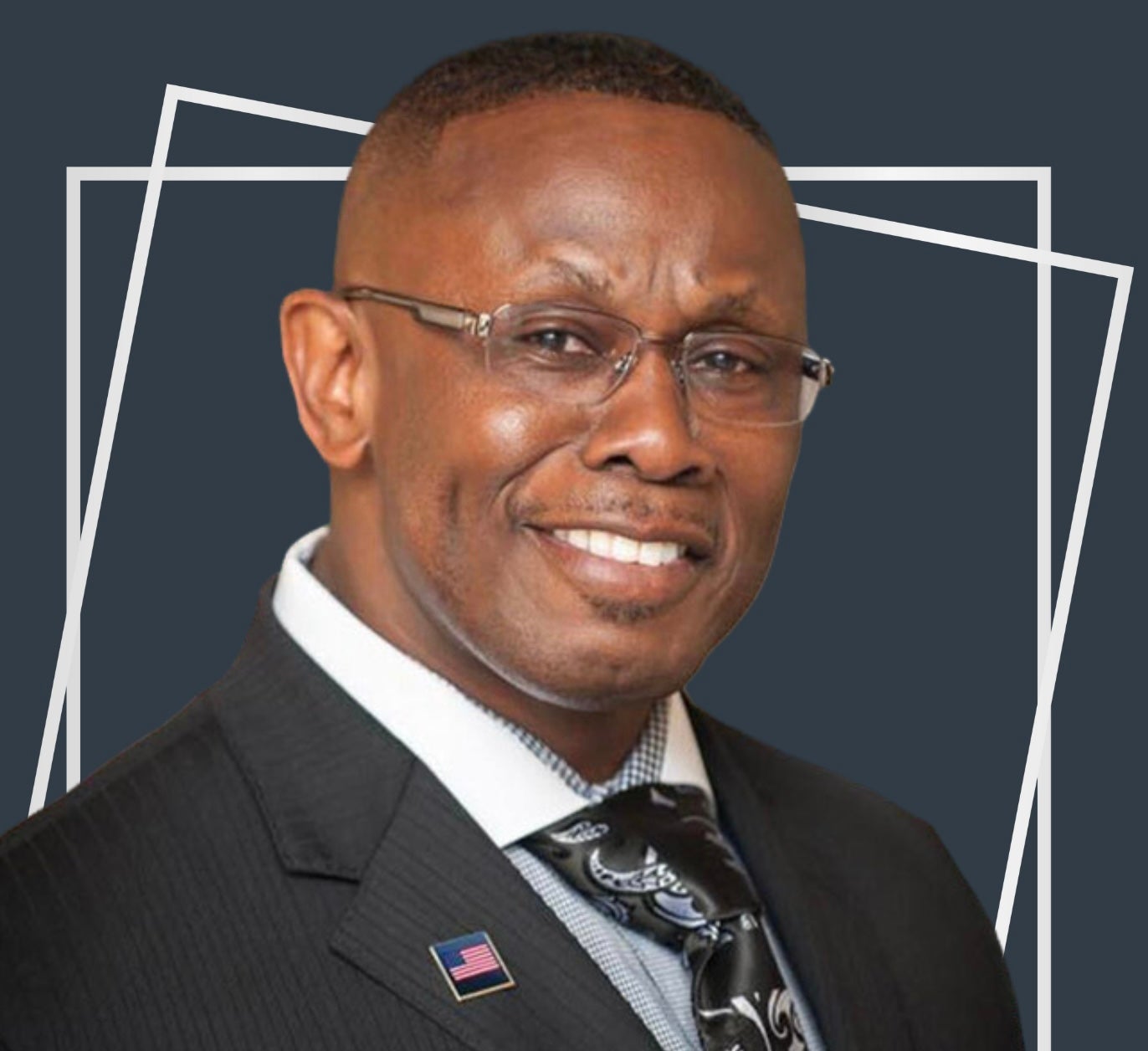
Chances are, you know someone who’s been to prison or is currently serving time.
Black Americans are incarcerated at alarmingly high rates, higher than any other group in the US. Moreover, an increasing percentage of those imprisoned are women. According to data from the US Department of Justice, the population of Black women in state and federal prisons increased by more than 800% between 1980 and 2019 — the number one infraction — drug offenses.
While personal accountability has its place, over-policing, racial bias in the criminal justice system, and harsher policies for drug offenses are just a few of the multifaceted factors contributing to their disproportionate incarceration. As a case in point, a report from the National Research Council suggests that even though White women use drugs more than their African American counterparts, Black women are nearly twice as likely to be arrested, convicted, and sentenced to prison for drug offenses.
Ra’Jiva Sholtz has experienced the statistics in real time. At age 19, her life changed when police pulled over her and her then-boyfriend on a road trip. After a search, they found drugs in the vehicle. As a result, Ra’Jiva — barely an adult at the time, was sentenced to ten years in prison for trafficking cocaine. After eight and a half years in The Florida Department of Corrections, she was released on probation. Upon discharge, she discovered that freedom exists to varying degrees. In many ways, her life outside would somewhat be a continuation of her sentence. “When you commit a crime and serve time in prison, once you get out, it’s supposed to be a fresh start. But it’s not a fresh start,” Ra’Jiva told ESSENCE. “As hard as I’ve worked, and as much as I’ve done, there are still people who want to see me as a convicted felon.”
Today the 31-year-old is thriving. Known by thousands on YouTube as Ra’Jiva Tha Rulaa, she uses her platform to shed light on the everyday issues offenders often encounter. ESSENCE spoke with Ra’Jiva and Tony Lowden, a prison reformist and former White House advisor who shared critical insights for returning citizens to avoid the recidivism trap.
The Struggle for a Second Chance: The Reality of Finding a Home and Work as an Ex-Offender
Securing the bare necessities — a job, transportation, and housing is challenging for many returning citizens. The devil is often in the application details—specifically the “criminal history” box. Ra’Jiva recalls the struggle. “When it came time for me to find somewhere to live, they were like, no girl, you can’t live here; you are a criminal,” she shared half-jokingly. “I think I literally put in about 12 applications for apartments and housing and all of them were denied.”
Many employment and rental properties ask if you’ve ever been convicted of a crime. Experts advise ex-offenders to be “forthright and honest” in their response. But doing so is a Catch-22. Disclosing can prevent candidates from getting their foot in the door. Prison reform advocates are pushing to eliminate the criminal history box. The movement, commonly known as “Ban the Box,” is gaining traction. Still, even when the question isn’t listed outright—Ra’Jiva says it shows up in other ways. “They ask for my previous addresses. And I’m like — do these people want me to tell them I was in prison?” Ultimately, she erred on the side of disclosure using her prison location as her last address. Upon revealing that detail, she found that rental property agents were evasive. “At first, they were saying it was my credit. But, after my credit started being decent, they would say the unit was no longer available. But when I went on their website, they would have multiple units showing available,” she said.
“Never in a thousand years did I think it would be so hard to find someplace to stay.” For many returning citizens, honesty can be the best and worst policy.
Avoiding the Recidivism Trap: The Keys to Successful Reintegration After Incarceration
Over half the Black women released from state prisons return within three years. Lowden says experiences like Ra’Jiva’s are largely at the root. The twice-appointed Georgia state criminal justice reformer and former White House Presidential advisor is an expert on the topic. Lowden’s leadership took Georgia from the nation’s leading state for prison overcrowding to a nationwide model for the effectiveness of restorative justice.
Now a Senior Vice President and Chief Social Impact Officer at ViaPath Technologies, Lowden is tackling the problem from a different angle by providing technology and services to prepare returning citizens and incarcerated individuals for real-world success. His ironclad process is built on a philosophy he calls “The Three R’s: Rehabilitation, Reintegration, and Reentry.”
I asked Lowden to detail the three-pronged strategy and how ViaPath aligns its technology to help inmates and returning citizens prepare for success.

Rehabilitation.
Rehabilitation starts the day you get arrested. So we asked ourselves, how do we program our tablets to start helping men and women get ready to come home? What does it take to rehabilitate a person? So there’s a mental health component on our tablet that allows individuals inside of a correctional facility access to programs that start to shift their thinking. So, we first go through how to change that criminal mindset. We put educational programs on the tablets. Now, they can obtain certifications and start stacking credentials. As men and women move through the process, it allows them to earn that sense of dignity and pride.
I’ve seen men and women inside prisons earn diplomas and degrees and graduate in cap and gowns for the first time in their lives. It’s something to see them walk down the aisle with their loved ones at the ceremony witnessing. Completing these milestones instills hope. That’s what rehabilitation is really about.
Reintegration.
So, you have individuals now, who have time on their hands, and now they have access to mental health resources through the tablet to transform their minds. They can tap into vocational training and certification programs that align with their interest. We have formal assessments that recommend courses and career paths based on their interest and skill sets which is amazing. And listen — this is crazy, we’re putting a new application on our tablet that allows men and women to put their crime into the app, and it tells them what jobs they can apply for. We also have our “Career-One-Stop” app, which shows all the jobs available in their communities when they get ready to go home. So when you think about the purpose of a correctional facility, they are spending their sentence preparing to reintegrate.
Reentry.
We’re preparing individuals with the tools to come out and be productive members of society. We’re developing further partnerships now, allowing employers to interview them virtually while incarcerated. We’re tooling our apps with content where these men and women can start onboarding and on-the-job training before they get out.
It’s a game-changer. We’re preparing individuals with in-demand skill sets that employers need. And we’re helping returning citizens break the toxic cycle of repeat offense.





